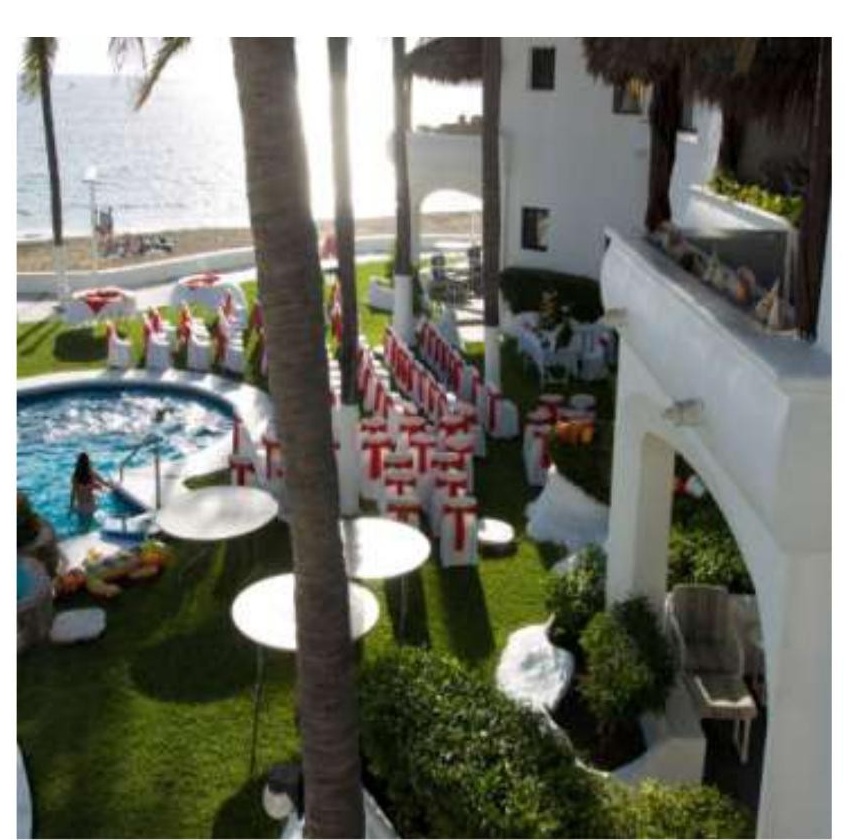By Manzanillo Sun Reporter from the September 2011 Edition
The Port of Manzanillo is the number one employer and industry of the State of Colima, followed by Farming and then Tourism. It is quite unexpected for the growth of the latter to ever reach that of Cancun or even Puerto Vallarta. This is good news for those who like a quieter life in a slower pace setting. This is not the place to find good shopping, high class night life, or any or the other trappings that go along with a high tourist destination. The Federal government gave permission for the State of Jalisco to expand tourism down the coast as far south as Barra de Navidad and for the State of Colima to continue that trail to Playa D’ Oro but there is no evidence as yet of any commencement.
Geographically located halfway down tne Pacific Coast, Manzanillo is Mexico’s principal deep-sea port for shipping containers. The port covers 437 hectares and operates with world-class navigational and cargo equipment. The port facilities are privately owned and operated by API. There is a double-stowage train service that moves its high volume of container cargo within the port on 8.4 miles (13.5 kms) of tracks privately owned by FERROMEX (Ferrocarriles Mexicanos.)
The port of Manzanillo came into its own during the handling the higher than usual cargo traffic through Manzanillo to all points north. It is now under mammoth strike by stevedores on the West coast of the United States a few years ago, when it was proven capable of reconstruction and expansion.
(See the 3 articles by Terry Sovil in the Manzanillo Sun in spring 2010.)
Long distance railways carry containers to Mexico City, Guadalajara and Aguascalientes and then on to the southern USA cities. Port activity is a significant factor in Mexico’s industrial and commercial corridor carrying goods from Aguascaliente, Querétero, Morelos, Zacatecas, Nuevo León, Coahuila, Mexico City, Mexico State, Hidalgo, Nayarit, Durango, Michoacán and Colima. Internationally, the port has shipping lanes to Japan, South Korea, China, Hong Kong, Indonesia, Australia, New Zealand, Canada, the U. S., Guatemala, Costa Rica, Colombia and Peru. It also handles agricultural grains, plant and animal fluids, cement and raw materials, and has cold storage for perishables. A massive Pemex refueling station dominates the southwest curve of the port’s bay.
A portion of the port is reserved for fishing. The corporation, Marindustrias, operates a tuna fleet that can catch up to 20,000 tons of tuna a year and includes other vessels to catch species such as giant squid and shark. The company’s processing plants are located within the port area.
Download the full edition or view it online
Manzanillo Sun’s eMagazine written by local authors about living in Manzanillo and Mexico, since 2009




